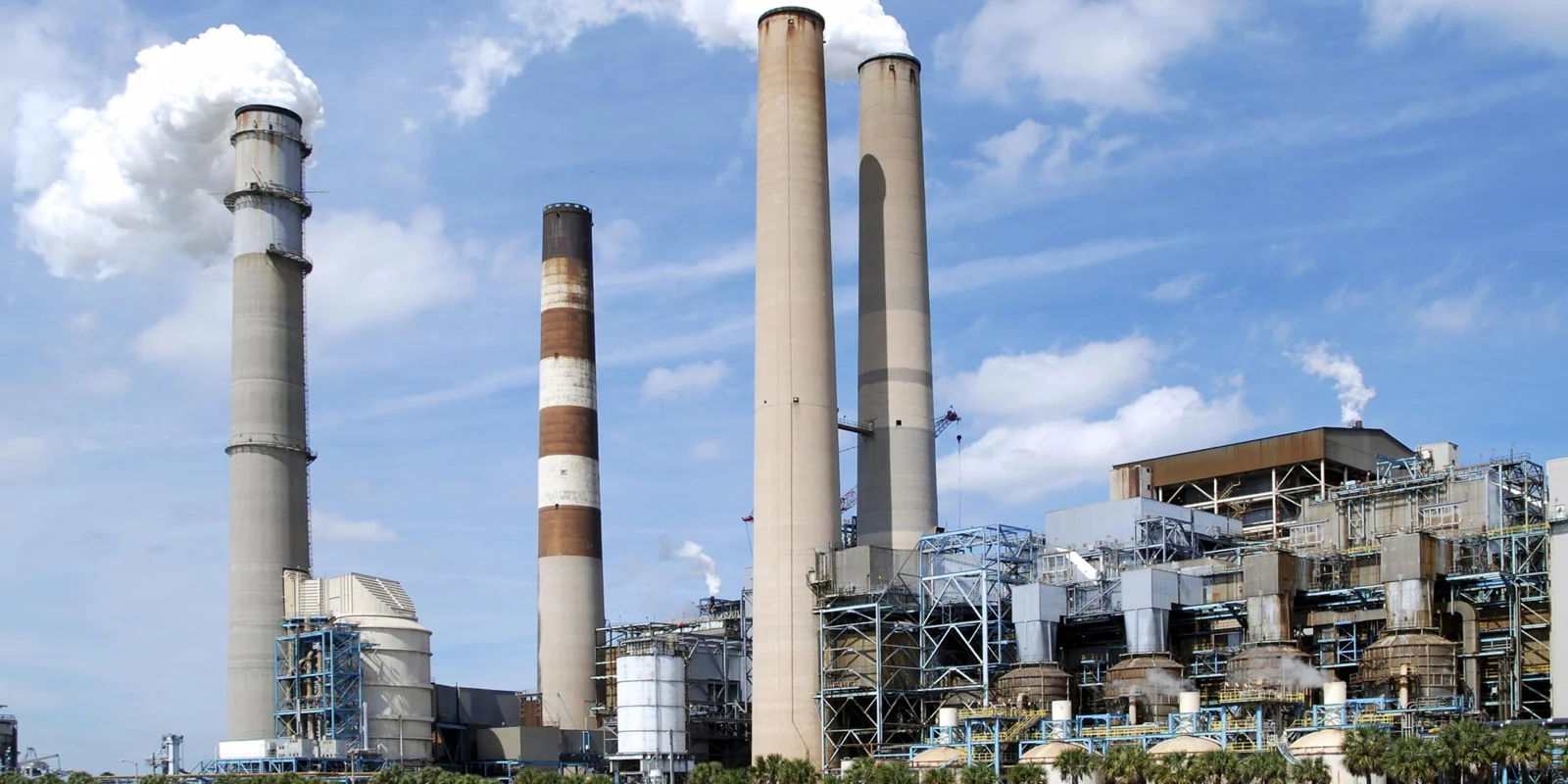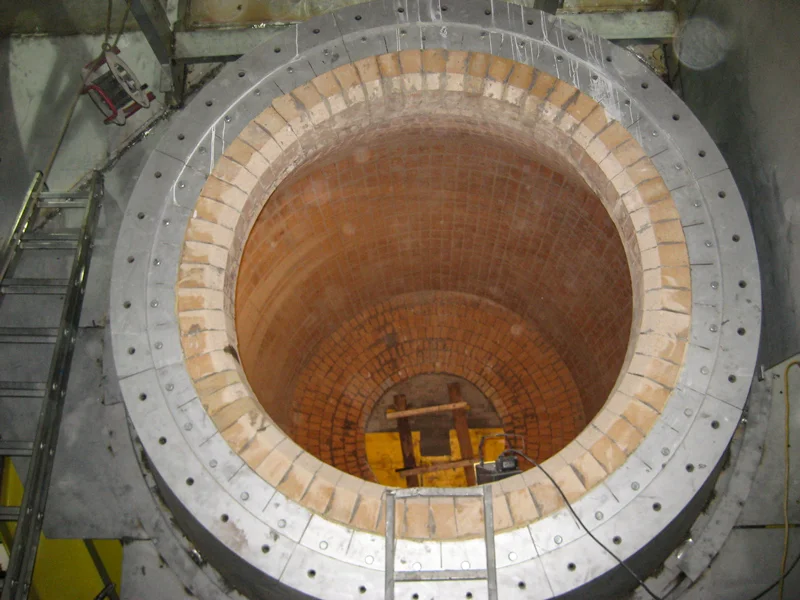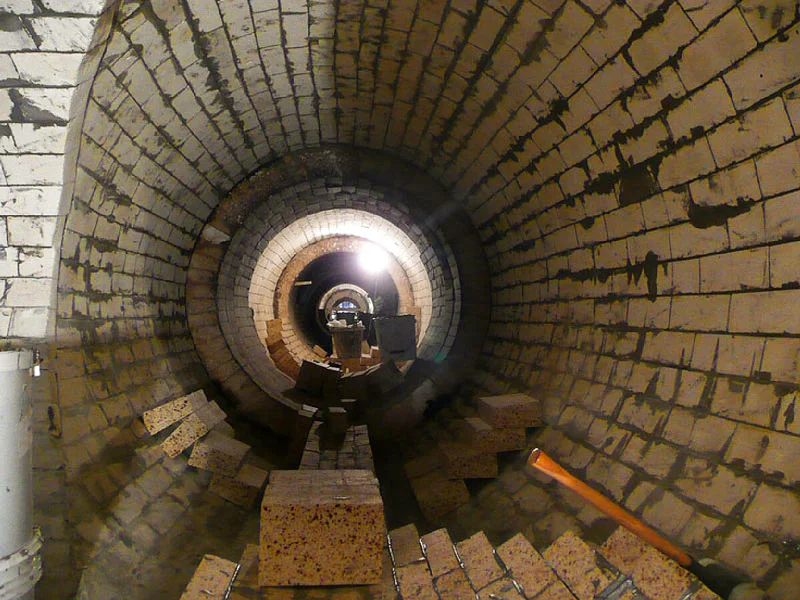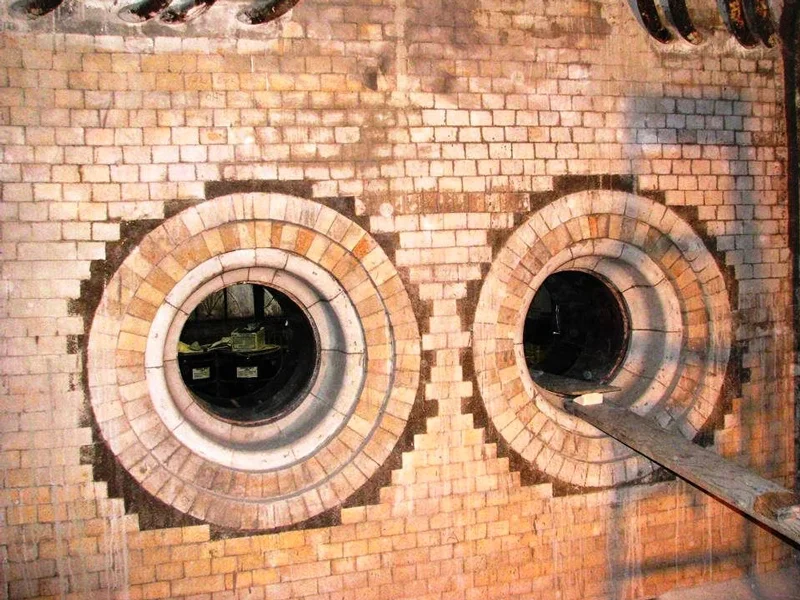It’s important to choose the correct refractory solution for boiler.
For boilers, choosing the right refractory material is very important. The refractory material of the boiler not only affects its operating life, but is also directly related to the safety and performance of the boiler. When selecting refractory materials, we need to consider the different parts of the boiler and the operating conditions to ensure that the most suitable solution is selected.

Choose Correct Refractory Solution for Different Parts of Boiler
First, let’s take a look at the refractory materials used in various parts of the boiler:
Ignition Air Duct
The ignition air duct is located in the heating part of the boiler and has the characteristics of rapid temperature rise and high temperature. When selecting refractory brick, insulating brick or other products, consider higher operating temperatures, excellent thermal shock resistance and shedding resistance.
Water-Cooled Air Chamber
Hot air passes through the water-cooled air chamber. This part involves little wear and tear, and the operating temperature is around 700-1000°C. When selecting refractory materials, thermal shock stability, shedding resistance and compressive strength need to be considered.
Fluidized Bed Wind Plate
The working temperature of the fluidized bed air plate in the boiler is about 800-1000°C. When selecting refractory materials, the balancing effects of fixed wind phase and horizontal angle need to be considered. Some commonly used refractory materials include high alumina cement and refractory castables.
Furnace
The furnace is the main part of the boiler, including the furnace inlet and outlet, furnace top, superheater and steering chamber. These parts are subject to severe wear and temperature changes. When selecting furnace monolithic refractories and other products, we need to pay attention to whether they have excellent corrosion resistance, thermal conductivity, reburning line change rate and wear resistance.
Separator
The inlet flue, straight tube section and push body of the separator need to face harsh working conditions. When selecting refractory materials, you need to pay attention to factors such as wear resistance and operating temperature.
Riser
The backflow of the boiler’s riser pipe and return device is uneven, which has a greater impact on the lining. When selecting refractory materials for this part, you need to pay attention to thermal shock issues and choose refractory materials with high strength and good wear resistance.
Rear Smoke Channel
The working temperature of the tail flue is lower and the wear on the lining is smaller. Generally, ordinary clay refractory bricks can be used for construction.



Sum Up
To sum up, choosing the correct refractory material is crucial to the normal operation and safety of the boiler. When selecting refractory materials, we need to comprehensively consider the different working parts of the boiler, the working conditions and the performance of the refractory materials to ensure that the most appropriate solution is selected. If you have any questions about the selection of refractory materials, we recommend that you consult a professional refractory supplier like KERUI Group. There are professional consulting engineers who can offer you more detailed and accurate advice.




